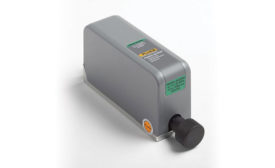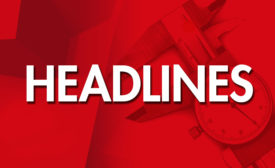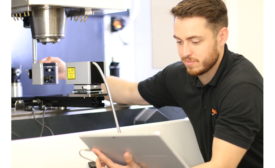Home » calibration
Articles Tagged with ''calibration''
Even a seemingly straightforward matter can raise questions.
Read More
Gage Pass/Fail Problems
Two tolerances should be shown for any gage you use.
September 8, 2018
NDT HEADLINE
Premium Inspection & Testing Group Acquires Quality Testing Services Inc.
June 22, 2018
Understanding Calibration Reports
Read them—don’t simply check for red flags.
June 8, 2018
Selecting the Right Calibration System
A calibration expert offers some suggestions.
May 9, 2018
Stay in the know with Quality’s comprehensive coverage of
the manufacturing and metrology industries.
eNewsletter | Website | eMagazine
JOIN TODAY!Copyright ©2025. All Rights Reserved BNP Media.
Design, CMS, Hosting & Web Development :: ePublishing







